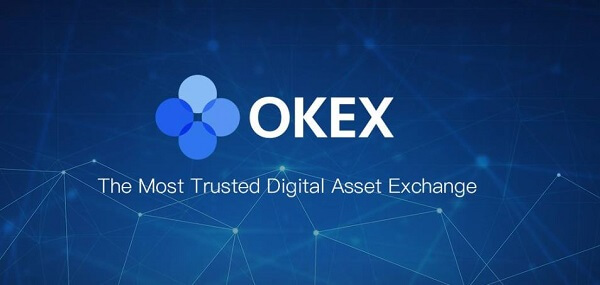French Central Bank Announces Next Stage of Wholesale CBDC Program

France’s central bank said it would be accelerating its plans for a wholesale central bank digital currency (CBDC) program.
The Banque de France should be ready to support the European Union’s distributed ledger technology pilot regime for tokenized securities, expected in March 2023, according to Governor François Villeroy de Galhau.
“This work ensures that we stand ready to bring central bank money as a settlement asset as early as 2023, with the implementation of the European pilot regime,” he said. “This pilot regime will offer a regulatory framework to support the financial asset tokenization trend.”
In addition to an automated market maker platform, inspired by DeFi markets, the central bank has developed its own distributed ledger technology (DLT), which it believes could serve as the basis of a multi-CBDC platform.
It says this would enable different central banks to come together and enable fast, automated and transparent settlement across different currencies.
CBDC experiments
From March 2020 through to the end of last year, the French central bank carried out nine experiments that have helped to show how CBDCs can be used for wholesale payments. These included cross-border and cross-currency payments, as well as securities settlement.
These experiments were collaborations between eight companies including Accenture, Euroclear, HSBC, fund management platform Iznes, Liquidshare, ProsperUS, Seba Bank and Société Générale (SocGen) Forge, and a ninth with the Monetary Authority of Singapore (MAS).
It has also previously worked with the Swiss National Bank, and Tunisia’s central bank on separate cross border payment projects.
According to Villeroy de Galhau, new experiments are underway, including another four or five due this year and in 2023, which will involve more private firms and other foreign central banks.
“We want to get closer to a viable prototype, testing it in practice with more private actors and more foreign central banks in the second half of 2022 and in 2023,” he said.
Disclaimer
All the information contained on our website is published in good faith and for general information purposes only. Any action the reader takes upon the information found on our website is strictly at their own risk.













